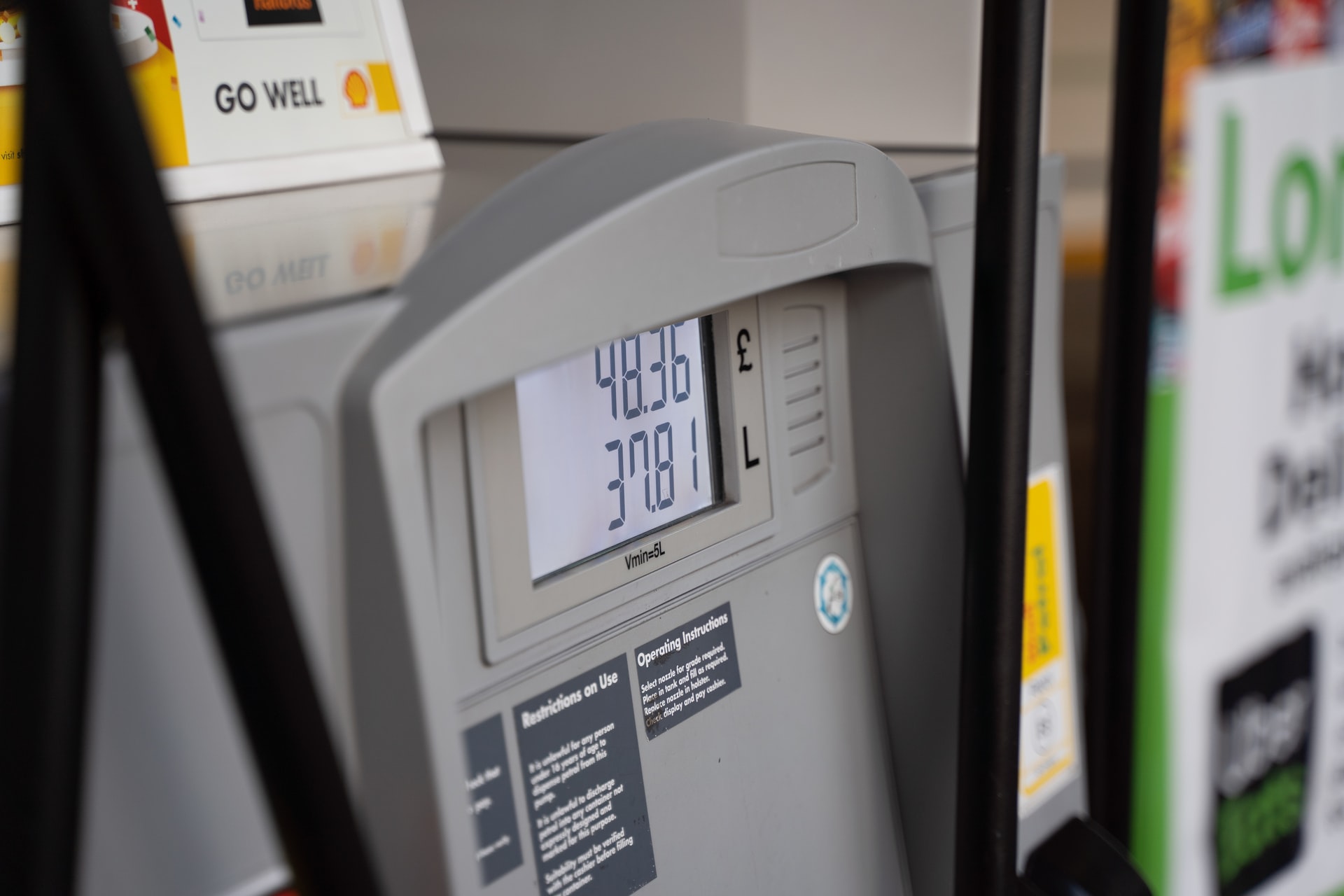Social Security is a financial security net for many senior citizens who may not have any other form of income.
But did you know that Social Security payments are protected against the rising costs associated with inflation?
However, that does not necessarily mean you will get more money in your pocket.
Here is what you need to know about Social Security’s COLA.
What is COLA?
The Social Security Administration’s Cost of Living Adjustments, or COLA, is annual incremental increases in benefits designed to keep pace with inflation.
COLA was legislatively ratified in 1973 and has been implemented annually, or as needed, since 1975.
In other words, COLA increases Social Security payments by a percentage that keeps pace with inflation. For example, the first COLA increase in 1975 increased Social Security benefit payments by 8% to match the inflation rate of the era.
COLA increases are calculated via a few metrics. The primary metric is the Consumer Price Index for Urban Wage Earners and Clerical Workers, or the CPI-W. The CPI-W is calculated by the Bureau of Labor Statistics monthly.
The last COLA increase in January 2021 increased Social Security benefits by 1.3%. This means that every Social Security recipient received an incremental increase of about $20 more or less.
The 2022 COLA increase will be the highest recorded in decades
By January 2022, the next COLA increase could increase Social Security payments by as much as 6.2%. This means that the average Social Security benefit payment could increase by at least $93 or more.
Unfortunately, this increase via COLA does not mean more money for Social Security recipients. It just means that inflation is projected to increase in the near future.
An increase in COLA means high inflation, not more money
COLA increases to Social Security benefits is not an arbitrary increase in payments for its own sake. COLA increases are benefiting payment adjustments to keep pace with inflation.
Inflation is the economic increase in prices on consumer goods and an incremental decrease in the buying power of the dollar.
For example, the price of gasoline increased by almost 42% from the start of the coronavirus pandemic in March 2020.
The price of hotel rooms increased by almost 20% in 2020. And the price of a used car increased by almost 32% in 2020.
The coronavirus pandemic disrupted economies on the local and global levels. And as a result, prices increased for services across the board.
If your COLA increases, save money
A rise in inflation means that the buying power of the dollar has decreased.
So, while the projected COLA increase of 6.2% may mean more money in the pocket of Social Security recipients, it means your dollar will buy less due to inflation.
While the 6.2% projection is just an estimate, be prepared.
If you are a Social Security recipient, start adjusting your budgets and saving more money.


